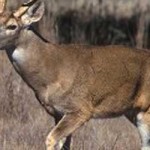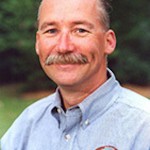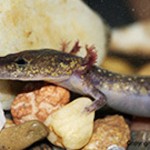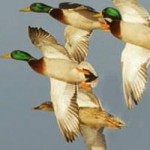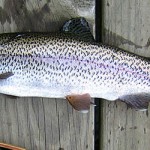Courtesy Arkansas Game and Fish Commission
MAYFLOWER – The bream are biting at Craig D. Campbell Lake Conway Reservoir. So are the crappie. And so are the bass and the catfish.
These fish are safe to eat, according to the Mayflower Incident Unified Command, a coalition of public and private organizations leading the work on the Mayflower oil spill from a ruptured pipeline near the lake.
“Fish in the main body of Lake Conway have not been affected. There is a series of seven containment booms deployed in the cove to protect the main body of Lake Conway. Tests on water samples show the main body of Lake Conway is oil-free,” the Mayflower Incident United Command said.
The rupture of a pipeline carrying heavy crude oil on March 29 created a threat for the lake, but quick action by local crews with heavy moving equipment resulted in an earthen levee that stopped the oil from reaching the main body of the lake. This levee was thrown up just a short distance from a cove of the lake east of Interstate 40 and south of Arkansas Highway 89.
Massive cleanup efforts are ongoing in the affected Northwoods subdivision in northern Mayflower and on the ditches and the small creek leading to the lake.
Fishermen are working the lake as they do every spring since the nation’s largest state-built lake was completed on July 4, 1951, by the Arkansas Game and Fish Commission.
Bream fishing, especially for bluegill, was the early main attraction on Lake Conway. Largemouth bass and catfish came on strong then crappie developed into a strong angling feature a bit later. The lake has produced largemouths in excess of 13 pounds, crappie over 3 pounds and flathead catfish upwards of 50 pounds.
Changes over the past 60-plus years have affected the lake and altered some of the patterns fishermen follow.
The dense cypress stands of what was the Palarm Creek Bottoms have mostly disappeared. Siltation has reduced the water’s depth in places. A lake management plan, drafted with the input of a citizen’s advisory committee, is in operation to maintain steady water levels, to reduce excessive growth of vegetation and to remove or renovate abandoned or deteriorating pier, boat houses and other structures on the lake’s shoreline.
Lake Conway has a number of public accesses and two public fishing piers. A nursery pond on its eastern side is used to augment natural reproduction of fish in the lake.


